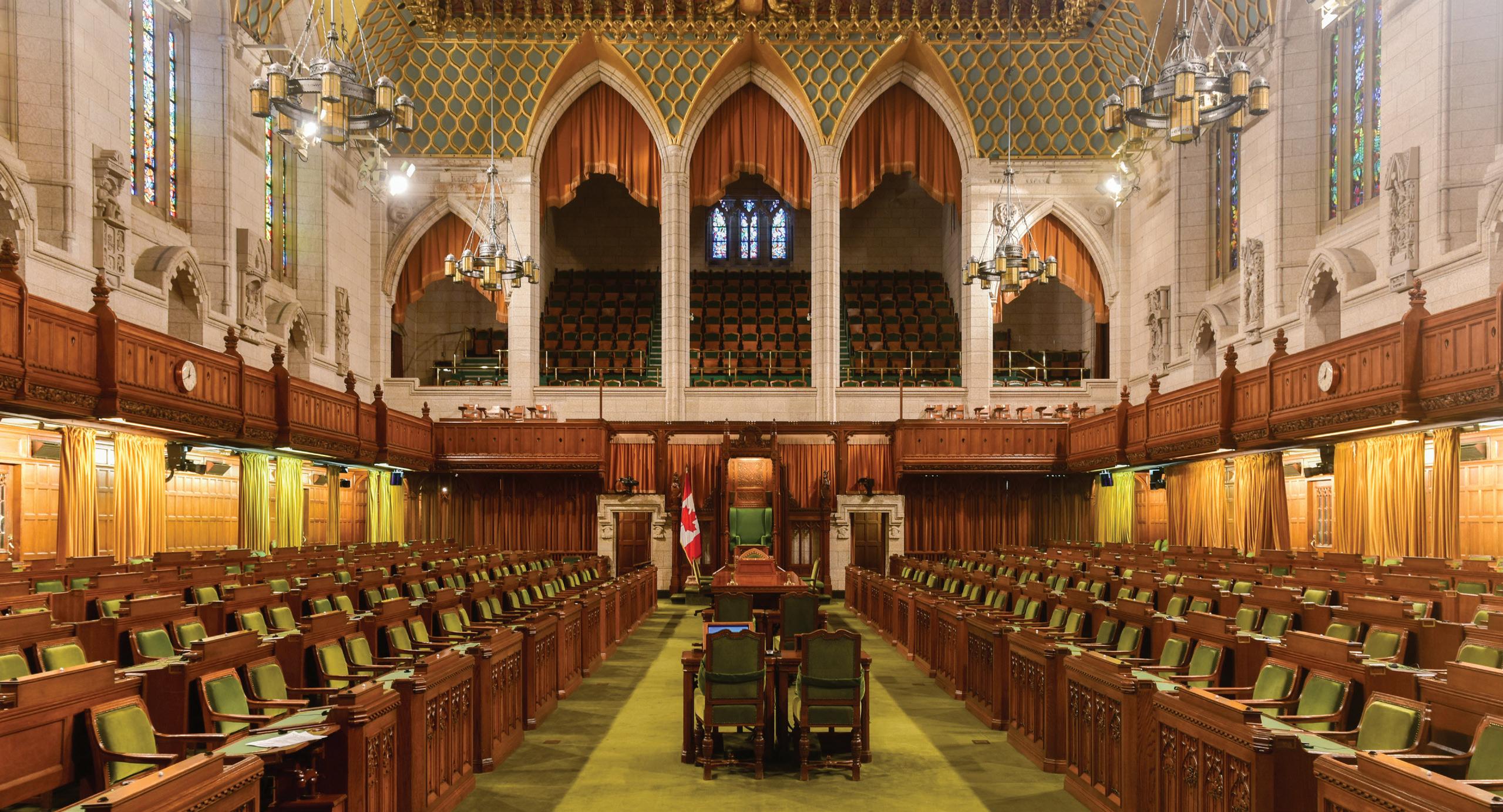
3 minute read
Powering Canada's Transition: In Search of an Electrification Strategy
Powering Canada's Transition:
In Search of an Electrification Strategy
- By Shawn McCarthy -
Senior Counsel, Sussex Strategy Group
Canada’s commitment to achieve net-zero GHG emissions by 2050 hinges on our ability to decarbonize the power grid and then use electricity as the energy source for sectors such as transportation, home heating and industries that now depend on carbon-intensive fossil fuels.
It is a daunting task. To succeed, it will require a national strategy in partnership among the federal, provincial and territorial governments as well as the business sector and Indigenous communities.
The federal government has suggested that a successful electrification strategy would require Canada to double or even triple our production of non-emitting power, while investing heavily in the infrastructure needed to transmit and distribute clean electricity and new charging stations for end-users.
All that is in addition to a massive investment in energy efficiency that is needed across the economy.
In her April 19 budget, Federal Finance Minister Chrystia Freeland provided a slew of spending and tax measures that will accelerate the electrification effort in a number of areas. Freeland’s budget - the Liberal government’s first in two years capped seven months of heightened commitments and spending on climate action, dating back to the Speech from the Throne last September.
“There is a tremendous amount of action,” Michael Powell, Vice President of Government Relations at the Canadian Electricity Association, said. “What we need is a clear, national strategy.” He said the plan needs to be based on the threelegged stool of the power sector: reliability, sustainability and affordability.
Some key areas of new spending in the budget include an additional $5-billion over seven years for the Strategic Innovation Fund’s Net-Zero Accelerator program, $964-million for grid modernization, and investments to move forward with a hydrogen/biomass technology that will contribute to the decarbonization effort. While there was little money for the nuclear industry’s development of small modular reactors (SMRs), Ottawa has committed to a strategy to support provincial development efforts.
The federal government has also made a number of infrastructure announcements. However, the challenge is enormous. A Conference Board of Canada 2018 report estimated that the country would need to invest $1.7 trillion in grid infrastructure to meet 2050 climate goals that were less ambitious than the current net-zero target.
One week before the budget, Canada Infrastructure Bank (CIB) announced its support for Fortis Inc.’s Lake Erie Connector, a $1.7 billion underwater transmission line that will connect Ontario with the giant PJM markets in the U.S. It was CIB’s first transmission project, and according to CEO Ehren Cory, there would be more to come.
The budget also reaffirmed the federal government’s commitment to Northern energy infrastructure, said Noel Voykin, former President and CEO of Northwest Territories Power Corporation. “Electricity infrastructure in the Northwest Territories is aging and the need for investment to refurbish and replace key assets is critical,” Voykin said.
He noted the federal government has helped fund a number of projects through its Investing in Canada Infrastructure Program (ICIP). However, he urged Ottawa to extend the program so that utilities can have more time to better estimate the cost for large infrastructure projects prior to applying for federal funding support.
Ottawa is now applying a “climate lens” to all its economy stimulus, meaning renewable energy and other clean technologies will have an important role to play, said Brandy Gianetta, Vice President, Policy, at the Canadian Renewable Energy Association.
To date, the power sector has been a bright spot in Canada’s climate mitigation effort.
After the federal government ratified the Paris Accord in 2016, our overall GHG emissions actually rose by 3.3 per cent by 2019, according to Environment and Climate Change Canada’s 2021 National Inventory Report.
In the electricity sector, emissions fell by 18 per cent between 2016 and 2019, and by a stunning 48 per cent since 2005 in large measure due to Ontario’s move to phase out coal-fired power.
Step one: decarbonizing the grid, is well underway. The focus now must shift to step two: driving efficiency and electrifying key sectors of the economy.











